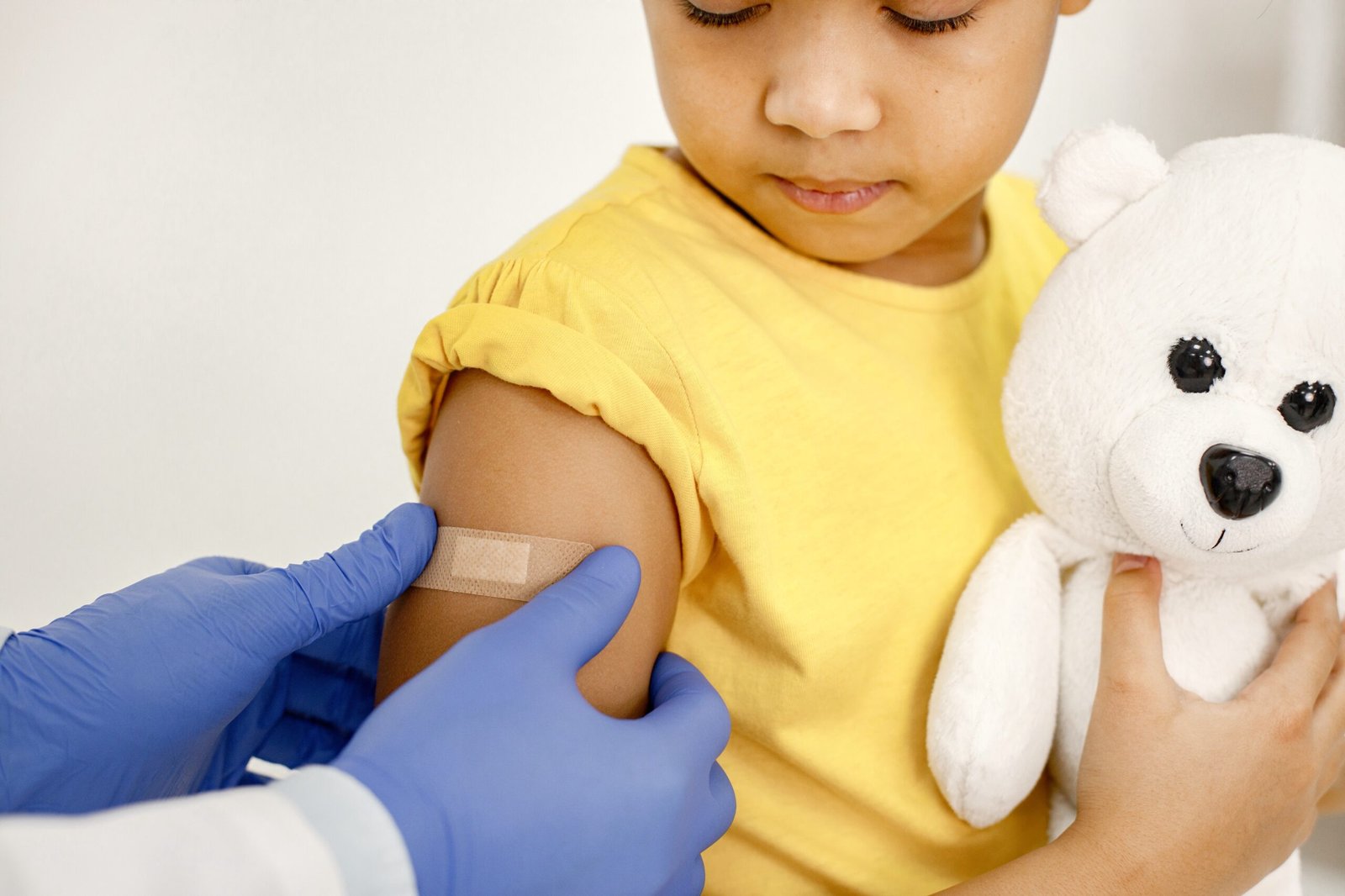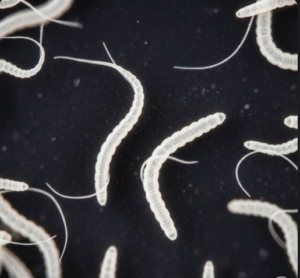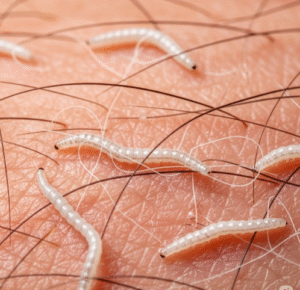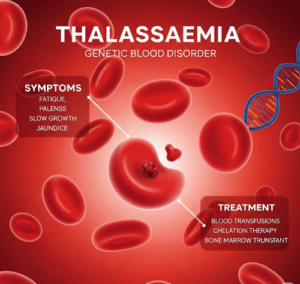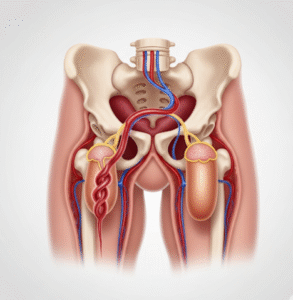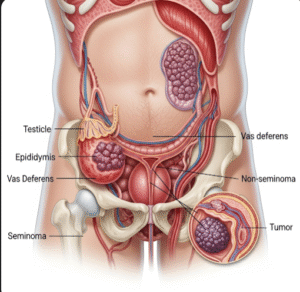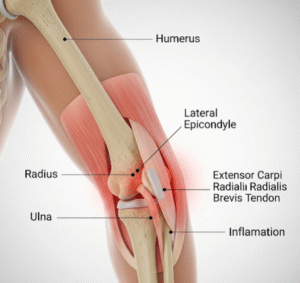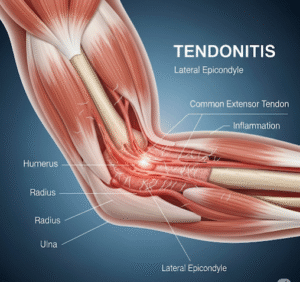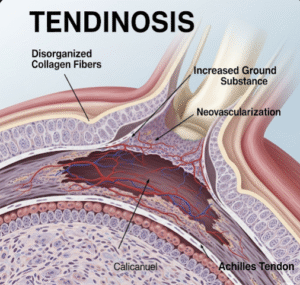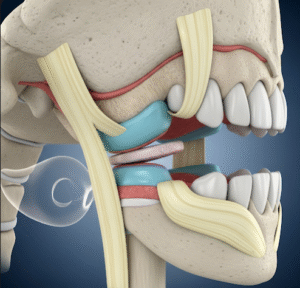Overview
Soft tissue sarcoma in children is a rare group of cancers that develop in the soft tissues like muscles, fat, nerves, and blood vessels. While uncommon, it represents a significant portion of pediatric cancers in Korea. Early detection and access to specialized pediatric oncology care are critical. Korean hospitals offer advanced diagnostic techniques and multidisciplinary treatment plans tailored for young patients.
What is Soft Tissue Sarcoma in Children?
Soft tissue sarcoma (STS) refers to a group of malignant tumors that arise in the non-bony tissues of the body. In children, the most common type is rhabdomyosarcoma, but others include synovial sarcoma, fibrosarcoma, and liposarcoma. These tumors can occur anywhere in the body but are often found in the arms, legs, chest, abdomen, or head and neck.
Symptoms
Symptoms depend on the tumor’s size and location but may include:
- A painless lump or swelling
- Pain if the tumor presses on nerves or muscles
- Reduced mobility or function if located near joints
- Unexplained weight loss or fatigue
- Breathing difficulty if the tumor is near the lungs
- Gastrointestinal symptoms if in the abdomen
Causes
The exact cause is unknown in most cases, but certain genetic and environmental factors may contribute. These include:
- Inherited syndromes: such as Li-Fraumeni syndrome, neurofibromatosis type 1
- Radiation exposure: previous cancer treatment with radiation
- Gene mutations: specific changes in tumor cells, such as PAX3-FOXO1 in rhabdomyosarcoma
Risk Factors
- Age (most common in children under 10)
- Family history of certain genetic disorders
- Prior exposure to radiation or chemotherapy
- Male gender (slightly more common)
Complications
- Metastasis (spread to lungs, lymph nodes, or other areas)
- Local tissue destruction
- Recurrence after treatment
- Side effects of treatment: growth issues, organ damage, infertility
- Emotional and developmental challenges due to prolonged illness
Prevention
Since most childhood soft tissue sarcomas have no known preventable cause, prevention strategies are limited. However:
- Genetic counseling is recommended for families with a history of cancer syndromes
- Early evaluation of unexplained lumps or swelling in children
- Monitoring children who’ve had previous radiation exposure
Treatment Options in Korea
- Diagnosis
- Imaging: MRI, CT scans, PET scans to locate and assess the tumor
- Biopsy: Surgical or needle biopsy to determine the tumor type
- Genetic testing of tumor cells
- Bone marrow tests if metastasis is suspected
- Treatment Modalities
Treatment is tailored based on the tumor type, stage, location, and child’s age and health.
- Surgery
- Aim is to remove the entire tumor while preserving function
- Performed by specialized pediatric surgical oncologists
- Chemotherapy
- Used pre- or post-surgery to shrink or eliminate tumor cells
- Common drugs include vincristine, cyclophosphamide, and doxorubicin
- Radiation Therapy
- Used if surgery cannot remove the entire tumor
- Proton therapy available in major Korean hospitals reduces long-term side effects
- Targeted Therapy & Immunotherapy
- For certain genetic subtypes or recurrent tumors
- Ongoing clinical trials are available in Korea

